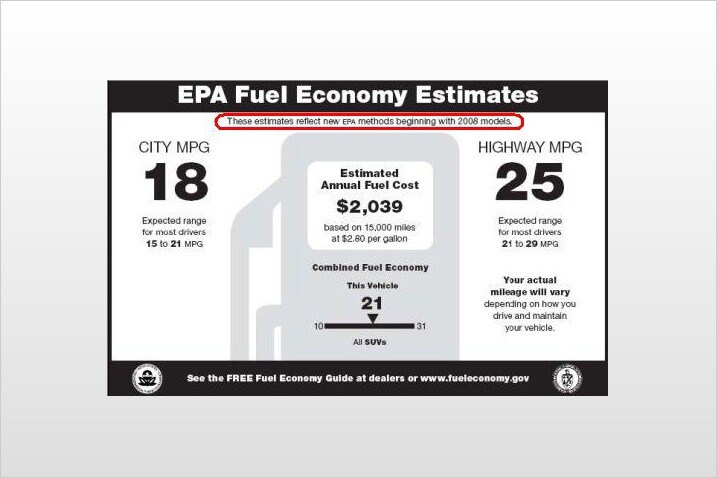Car buyers shopping for fuel economy this year should expect to see some unexpectedly low mpg figures on 2008 models, some of which are hitting showrooms now. Don't get all stressed. New cars have not suddenly become thirstier.
Starting with 2008 models (which went on sale as early as January 2, 2007), the methodology for measuring and reporting fuel economy has been reworked to make published miles-per-gallon (mpg) ratings more accurate. The trouble for consumers is this: 2007 models and leftover 2006 vehicles on the lot next to the '08s will appear to have superior fuel economy. But they don't. This conundrum exists because 2007-and-earlier models use an Environmental Protection Agency (EPA) fuel economy measurement that is being phased out.


 by
by 


